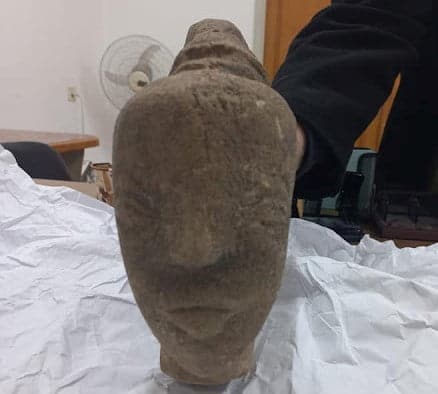The Natural History Museum published a paper in the journal PaleoAnthropology which discusses the potential reasons for the disappearance of Neanderthals.
It’s hypothesized that regular interbreeding between the species was the main reason for the decrease in population and eventual extinction but this can’t yet be fully proved until there are more advances in DNA sequencing.
Researchers Professor Chris Stringer and colleague Dr Lucile Crete say that at the moment evidence suggests mating between the two species could only happen with a male Neanderthal and female Homo sapien.
“We don’t know if the apparent one-way gene flow is because it simply wasn’t happening, that the breeding was taking place but was unsuccessful, or if the Neanderthal genomes we have are unrepresentative,” Professor Stringer says.
“As more Neanderthal genomes are sequenced, we should be able to see whether any nuclear DNA from Homo sapiens was passed on to Neanderthals and demonstrate whether or not this idea is accurate.”
Experts say that two per cent of the genome of all people descended from those living outside Africa, is derived from Neanderthals.
It’s believed the two species first started interacting around 250,000 years ago when Homo sapiens started moving out of Africa and Neanderthals started moving down from the cool climate of northern Europe.
Professor Stringer says the initial encounter between the species would have been interesting and that communication could have been a struggle.
“The language differences would probably have been greater than we could imagine, given the time depth of the separation, and would have been much larger than those between any modern languages,” he said.
Size of the brain and vocalisations would have only added to the barrier researchers added but that facial expressions would have also played a big part.
“The genomes of Neanderthals also show that almost 600 genes were expressed differently between our species and theirs, particularly those associated with the face and voice,” they said.
“Another prominent difference would have been the forehead, with Neanderthals possessing a prominent brow ridge that could have been used for social communication.
“However, the signals these ridges were trying to convey could well have been lost on our ancestors.”
Hopes are that one day more research could lead to more information being revealed about the interaction between Homo sapiens and other species such as Denisovans.






